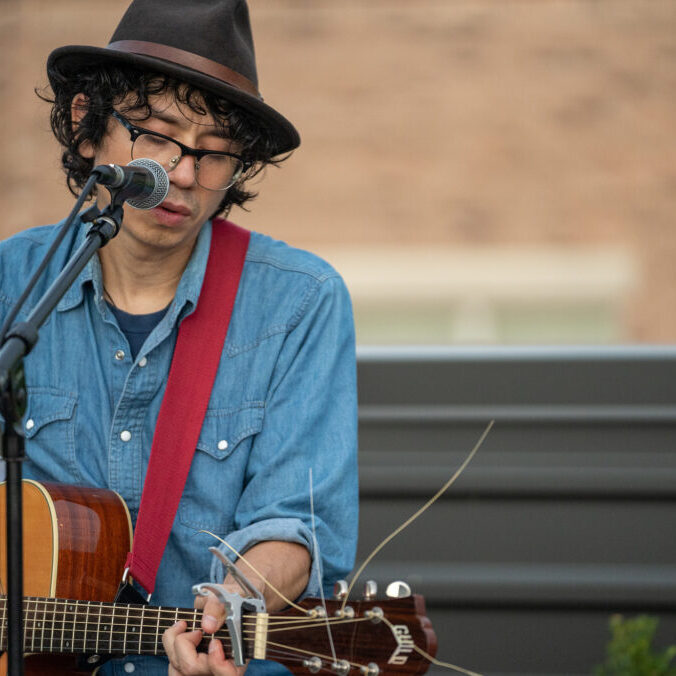Celebrate the Season in Sun Prairie!
There’s no better time to celebrate the magic of the holidays in Sun Prairie. From twinkling lights and cheerful community gatherings to seasonal celebrations and family-friendly traditions, there’s something for everyone to enjoy. Our event calendar is filled with merry moments all season long. Bundle up, bring your loved ones, and make unforgettable winter memories with us!
Something for everyone
Sun Prairie Revolves
Around You
Get To Know Sun Prairie
Known for its strong sense of community, high quality of life, excellent parks and recreation programs, historic downtown, exceptional public school system, and progressive approach to development and redevelopment, Sun Prairie has grown into a vibrant and thriving community since its incorporation in 1958.









